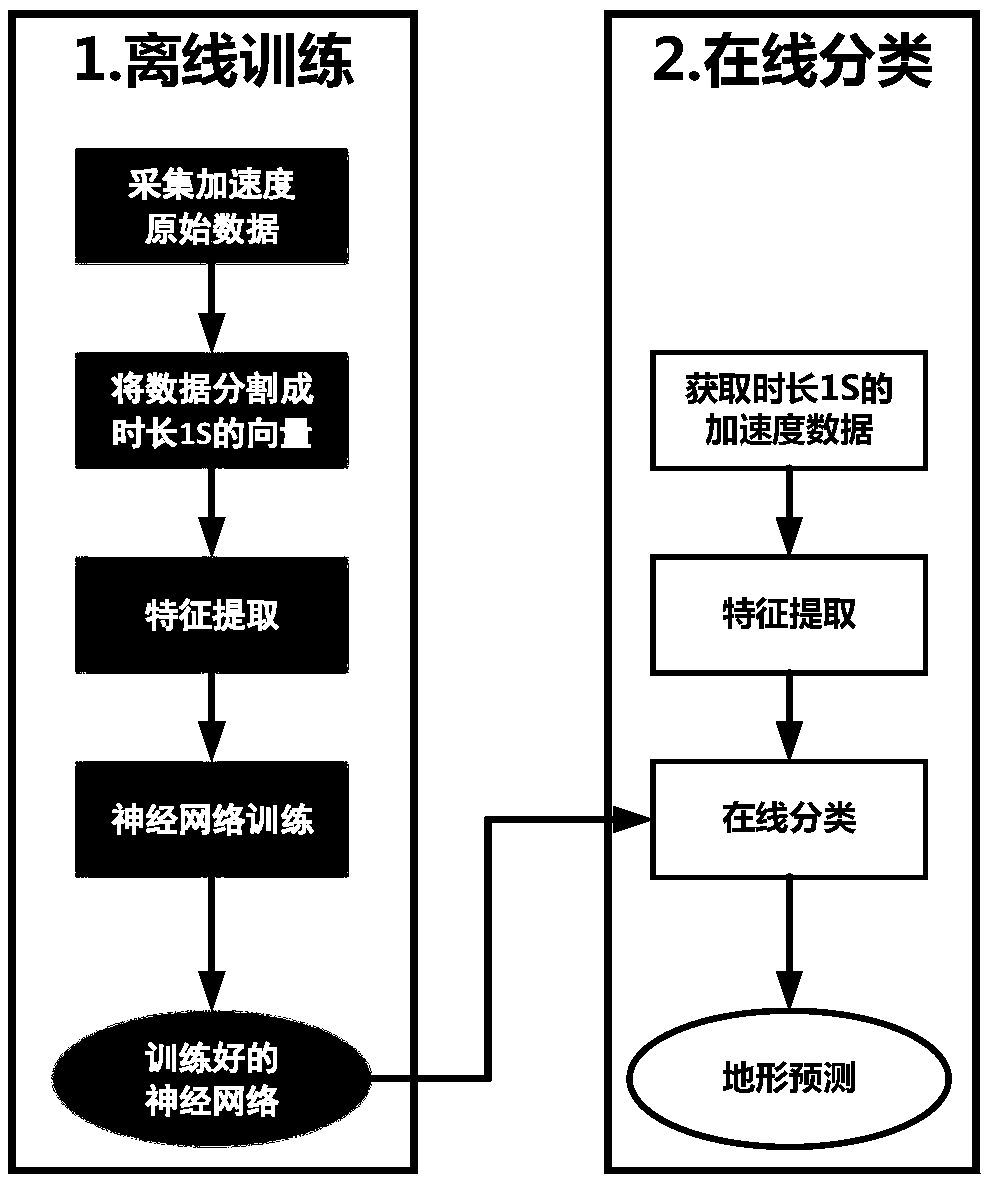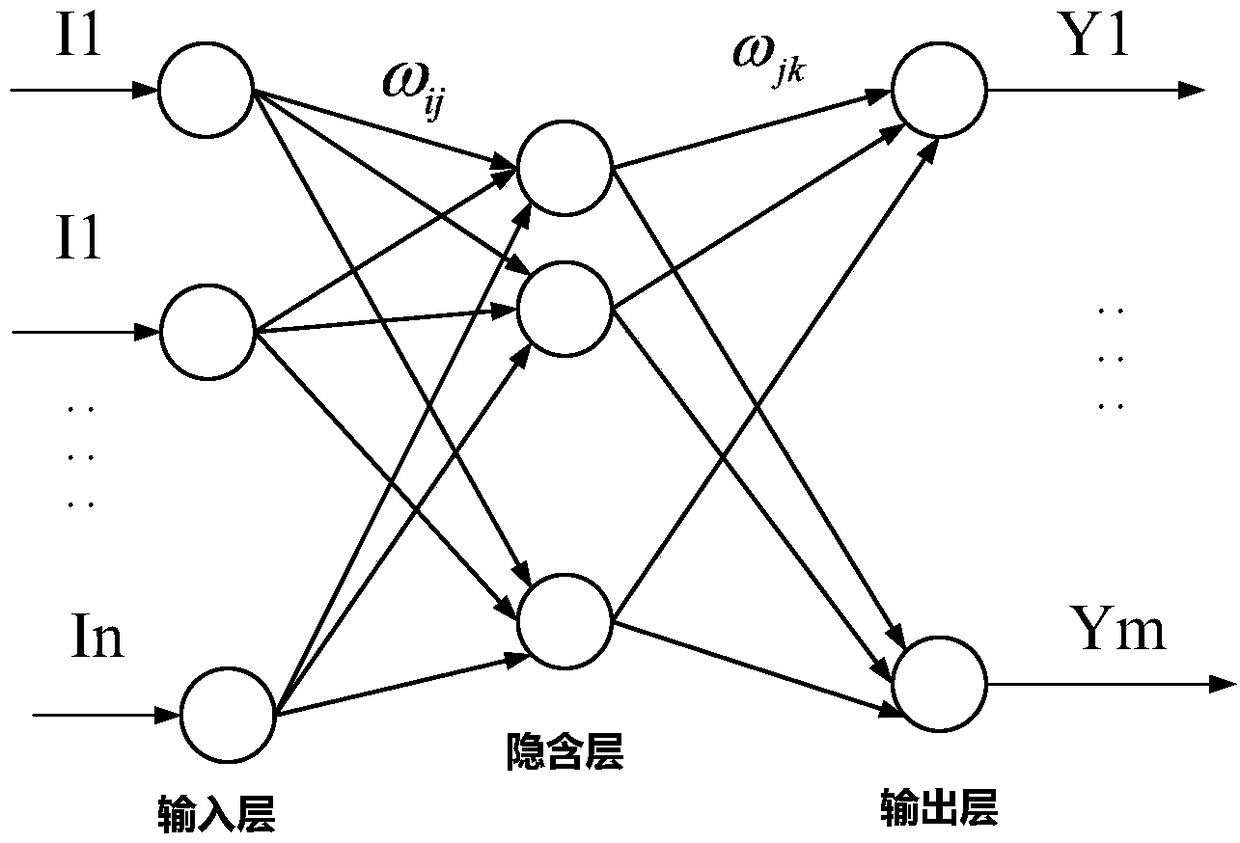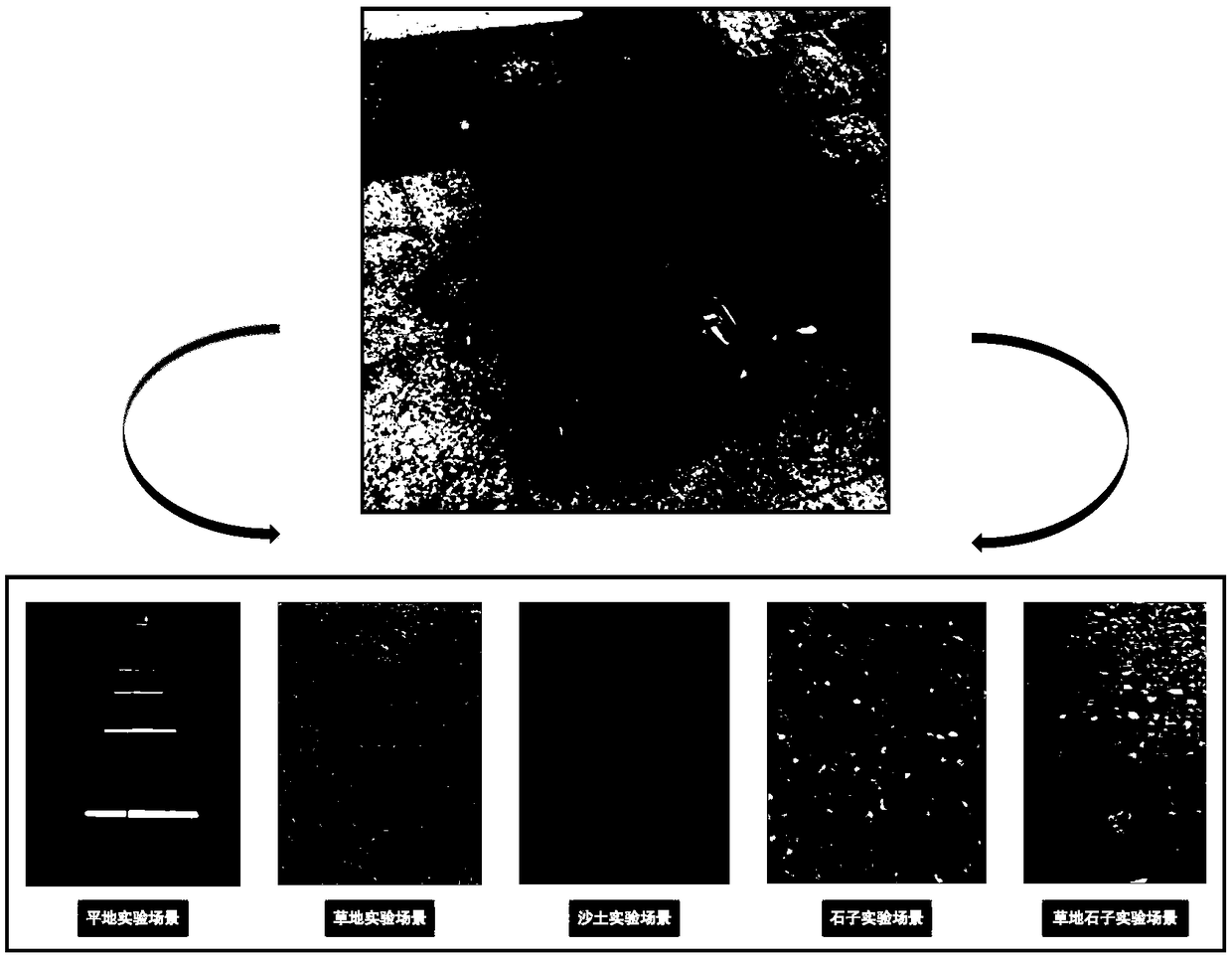Terrain classification and recognition method based on learned vibration information
A technology of terrain classification and recognition method, which is applied in the field of recognition and classification, can solve the problem of low accuracy and achieve the effect of low calculation consumption
- Summary
- Abstract
- Description
- Claims
- Application Information
AI Technical Summary
Problems solved by technology
Method used
Image
Examples
specific Embodiment approach 1
[0028] Specific implementation mode one: as figure 1 As shown, a learning-based vibration information terrain classification and recognition method includes the following steps:
[0029] Step 1: Collect the raw data of the vibration information of the sensor in the x-axis, y-axis and z-axis directions in the body coordinate system;
[0030] Step 2: Segment and process the raw data of the vibration information collected in step 1 to form n vectors with a duration of t;
[0031] Step 3: mark the n vectors after the step 2 segmentation process with terrain types (each vector corresponds to a terrain);
[0032] Step 4: Convert the divided n vectors to the frequency domain;
[0033] Step 5: use the multi-layer feed-forward neural network to perform offline learning and training on the n vectors converted to the frequency domain, and obtain the trained multi-layer feed-forward neural network;
[0034] Step 6: Obtain vibration data online in real time. Perform steps 2 to 4. After ...
specific Embodiment approach 2
[0040] Embodiment 2: This embodiment differs from Embodiment 1 in that: the value of t in Step 2 is 1s˜5s.
[0041] Other steps and parameters are the same as those in Embodiment 1.
specific Embodiment approach 3
[0042] Specific embodiment 3: The difference between this embodiment and specific embodiments 1 or 2 is that the size of the vector with a duration of 1s in step 2 is 1×100.
[0043] Other steps and parameters are the same as those in Embodiment 1 or Embodiment 2.
PUM
 Login to View More
Login to View More Abstract
Description
Claims
Application Information
 Login to View More
Login to View More - R&D
- Intellectual Property
- Life Sciences
- Materials
- Tech Scout
- Unparalleled Data Quality
- Higher Quality Content
- 60% Fewer Hallucinations
Browse by: Latest US Patents, China's latest patents, Technical Efficacy Thesaurus, Application Domain, Technology Topic, Popular Technical Reports.
© 2025 PatSnap. All rights reserved.Legal|Privacy policy|Modern Slavery Act Transparency Statement|Sitemap|About US| Contact US: help@patsnap.com



